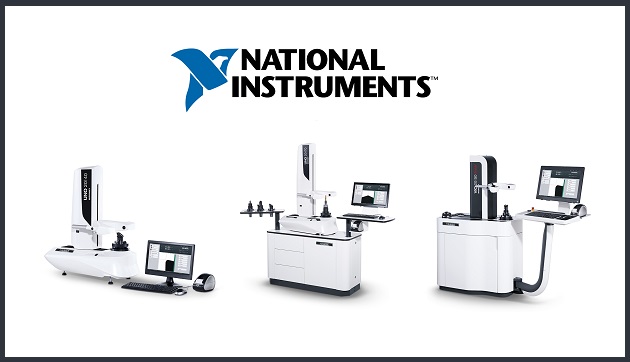NI, the provider of platform-based systems that enable engineers and scientists to solve the world’s greatest engineering challenges, announced a pre-5G waveform generation and measurement technology demonstration at the 2017 International Microwave Symposium (IMS) in Honolulu, Hawaii. The demonstration features signal generation and analysis of waveforms representative of both the Verizon 5G Technical Forum (5GTF) and 3GPP’s proposed New Radio (NR) physical layers.
The technology demonstration combines the 1 GHz bandwidth of the PXIe-5840 second-generation Vector Signal Transceiver (VST) with pre-5G software for waveform modulation and demodulation. Key features of waveform modulation include support of both Discrete Fourier Transform Spread Orthogonal Frequency Division Multiplexing (DFT-S-OFDM) and Orthogonal Frequency Division Multiple Access (OFDMA) along with flexible sub-carrier spacing and component carrier configurations supporting 3GPP 5G NR and Verizon 5GTF specifications up to a combined total bandwidth of 1 GHz. The demonstration supports modulation types up to 256-QAM, and measurement results including power, adjacent channel power and error vector magnitude. Typical applications for this demonstration include testing RFICs such as RF power amplifiers, front-end modules, and transceivers.
“NI’s software-centric approach to test and measurement allows us to evolve PXI test systems at the speed of software,” said Charles Schroeder, VP of wireless design and test at NI. “Because of this approach, engineers can use the same VST-based test systems currently testing LTE-A and LTE-A Pro products today, to test 5G products in the future.”
NI’s new technology for 5G test supplements a comprehensive product portfolio for RF and wireless test, and the new software complements existing solutions testing 802.11a/b/g/j/n/p/ac/ax, Bluetooth, GSM, UMTS, LTE/LTE-A, FM/RDS, GNSS and more. NI’s RF and wireless smarter test systems are based on NI’s advanced VST technology to help engineers reduce their cost of test. These test systems benefit from more than 600 PXI products ranging from DC to mmWave, featuring high-throughput data movement using PCI Express Gen 3 bus interfaces and sub-nanosecond synchronization with integrated timing and triggering. Users can take advantage of the productivity of the LabVIEW and TestStand software environments, along with a vibrant ecosystem of partners, add-on IP and applications engineers to dramatically lower the cost of test, reduce time to market and future-proof testers for tomorrow’s challenging requirements.
To learn more about the VST, visit www.ni.com/vst/








